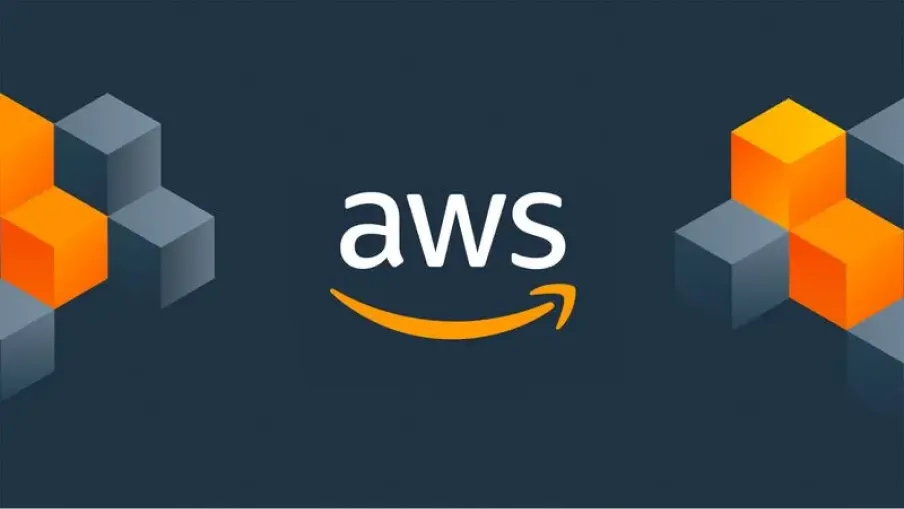Comprehensive Cloud Penetration Testing
Discover and mitigate vulnerabilities within your cloud infrastructure and evaluate how these weaknesses could impact your entire IT environment.

Cloud penetration testing involves evaluating the security of cloud environments by simulating attacks, identifying vulnerabilities, and assessing operability and recovery capabilities. The different types of cloud penetration testing include:
Simulates real-world attacks where testers have no prior knowledge or access to your cloud systems. This method is ideal for assessing how an external attacker might penetrate the cloud infrastructure.
Testers are provided with admin or root-level access to cloud systems. This comprehensive approach aims to uncover vulnerabilities that may not be visible in black or grey box testing, ensuring a thorough evaluation of the cloud infrastructure's security from an internal perspective.
Testers have limited knowledge and access, typically simulating an insider threat or an attacker who has gained some initial foothold. This approach allows for a more focused assessment of specific vulnerabilities and attack vectors within the cloud environment.

Businesses transitioning their infrastructure from on-premises to the cloud can ensure a secure migration by identifying and mitigating potential vulnerabilities.
Enterprises that want to understand how their cloud environment appears to potential attackers can gain valuable insights into their security posture and identify weaknesses before they are exploited
Organizations focused on bolstering their cloud security, preventing breaches, and meeting regulatory compliance standards will benefit from comprehensive penetration testing to uncover and address security gaps.
Companies that wish to gain a deeper understanding of their cloud assets, assess the resilience of their current security measures, and identify existing vulnerabilities will find cloud penetration testing invaluable.

Pre-Approval: AWS allows penetration testing without prior approval for certain services, such as EC2, RDS, CloudFront, and more. However, activities targeting AWS infrastructure are prohibited.
Allowed Tests: Includes testing on specific resource types like EC2 instances, NAT Gateways, and Elastic Load Balancers.
Reporting: Any findings that impact AWS infrastructure must be reported to AWS security.
Cloud penetration testing is a comprehensive process typically conducted in three distinct stages: evaluation, exploitation, and remediation verification.
This initial phase involves a thorough assessment of the cloud environment to identify security requirements, review existing Service Level Agreements (SLAs), and uncover potential risks and vulnerabilities.
Security experts engage in cloud security discovery activities, evaluating the current security posture, identifying exposure points, and understanding the specific needs of the cloud infrastructure.
Leveraging the insights gained during the evaluation stage, penetration testers focus on identifying and exploiting vulnerabilities to assess the cloud environment’s defenses.
Using relevant penetration testing methodologies, experts attempt to exploit identified vulnerabilities. This stage assesses the resilience of the cloud environment to attacks, the effectiveness of security monitoring, and the capabilities of detection mechanisms.
To ensure that identified vulnerabilities have been addressed, this stage involves a follow-up assessment to verify the implementation of remediation measures.
Penetration testers re-evaluate the cloud environment to confirm that mitigation steps have been properly executed and that the security posture aligns with industry best practices. This stage ensures the continuous improvement and robustness of cloud security measures.
By following these stages, cloud penetration testing provides a structured approach to identifying, exploiting, and mitigating vulnerabilities, ultimately enhancing the security and resilience of cloud infrastructures.
Our penetration testers utilize standardized methodologies to simulate cloud hacking scenarios, evaluate the robustness of your cloud architecture, and assess associated systems. This systematic approach ensures a thorough evaluation of your security controls, pinpointing vulnerabilities and recommending actionable next steps.
Key Testing Methodologies:
Focus: Provides comprehensive tools and resources for conducting rigorous security testing of web applications, including those hosted in the cloud.
Activities: Utilizes cloud penetration testing tools to identify vulnerabilities in online systems, ensuring robust cloud security measures are in place.
Focus: Offers a structured framework for conducting penetration tests, covering seven key stages: Pre-engagement Interactions, Intelligence Gathering, Threat Modeling, Vulnerability Analysis, Exploitation, Post-Exploitation, and Reporting.
Activities: This methodology ensures a systematic and thorough assessment of cloud security, from initial planning to detailed reporting and remediation.
Focus: Provides globally recognized guidelines, standards, and testing methods specifically for cloud computing security.
Activities: NIST’s methodologies help ensure compliance with industry standards and enhance the overall security posture of cloud environments through detailed assessments and best practice recommendations.
Focus: Measures operational security across various domains, including information and data controls, personnel security awareness, social engineering susceptibility, network security, and physical access controls.
Activities: This methodology provides a comprehensive evaluation of an organization’s security measures, ensuring a holistic approach to cloud security testing.
By employing these methodologies, our penetration testers can deliver a thorough and standardized assessment of your cloud environment, identifying vulnerabilities and enhancing your overall security posture.
We guarantee your satisfaction with our services. If you're not satisfied, you don't pay. For added peace of mind, you can choose our pay-as-you-go option.
Ready to discuss your next application security requirements? Contact us today!